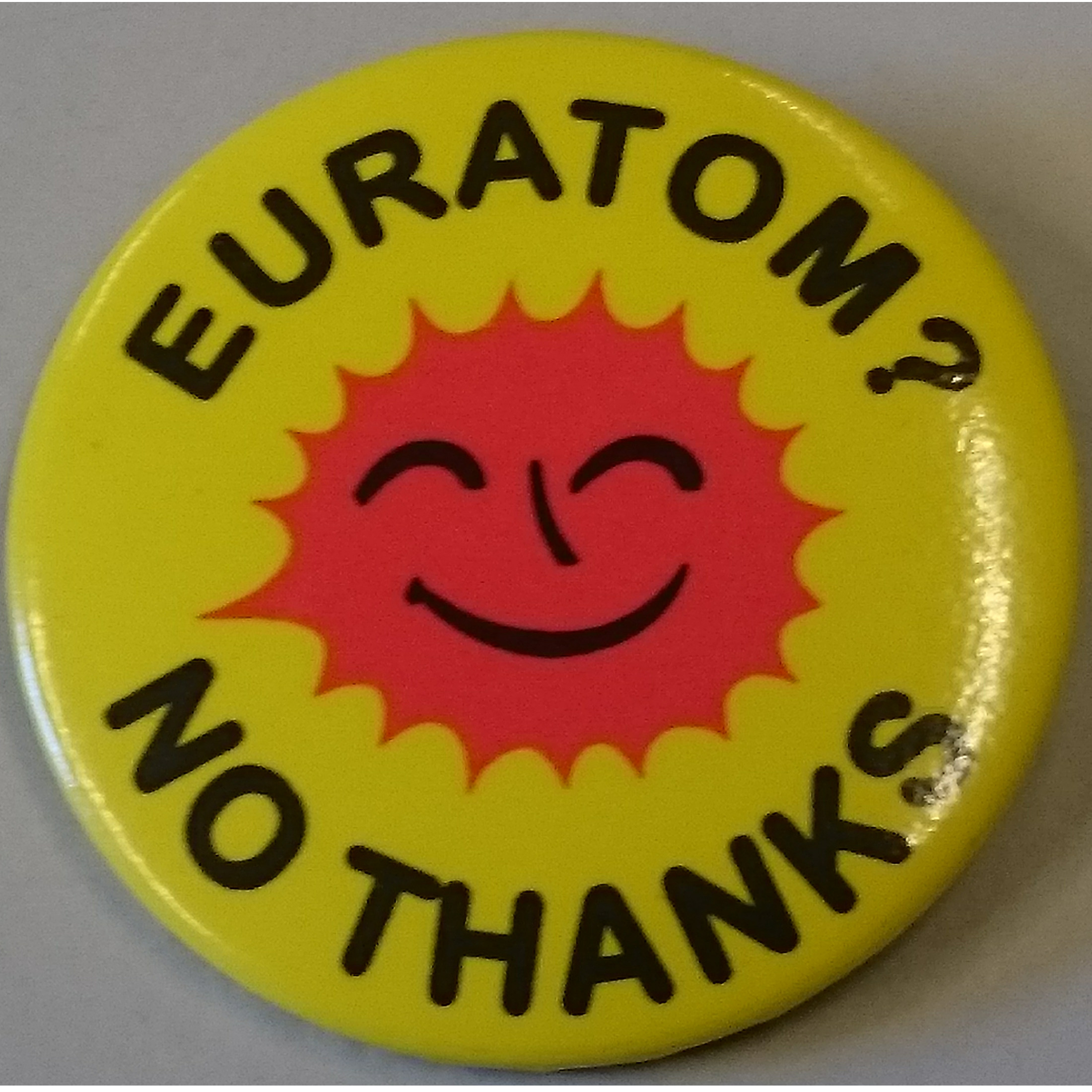According to official explanatory notes accompanying the European Union (Notification of Withdrawal) Bill, the withdrawal of the UK from the EU will mean withdrawal from the Euratom programme.
As an academic nuclear physicist, my knowledge of Euratom comes from its role within the European research mechanism. The Euratom page at the European Commission website says that "Euratom is a complementary research programme for nuclear research and training" and goes on to describe its role in research into decarbonisation, nuclear fission research, nuclear waste management, fusion energy, and radiation protection. Its most high–profile project is the ITER fusion reaction; the International Thermonuclear Experimental Reactor, based in France, to which Euratom contributes, with other partners.
But as well as being a scientific research programme, Euratom is also a very high-level treaty that the UK has just confirmed it will leave at the same time as it leaves the EU. What I have not seen anything about is whether and how the UK will step in to replace the funding of research in these areas. Will we re-join ITER as an independent partner? What about pursuing the other goals of the Euratom research project for UK scientists? Will they have increased funding via the UK Research Councils to replace Euratom? The UK Government need to state the position on the wider consequences of departure from Euratom, if they wish to inspire confidence to the UK scientific community in the management of the Brexit process.


